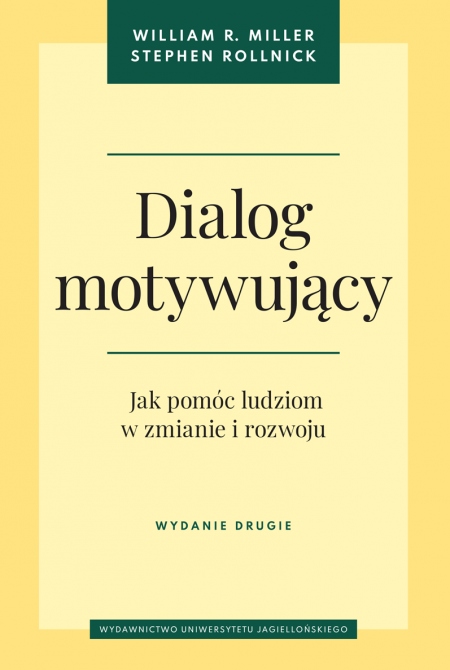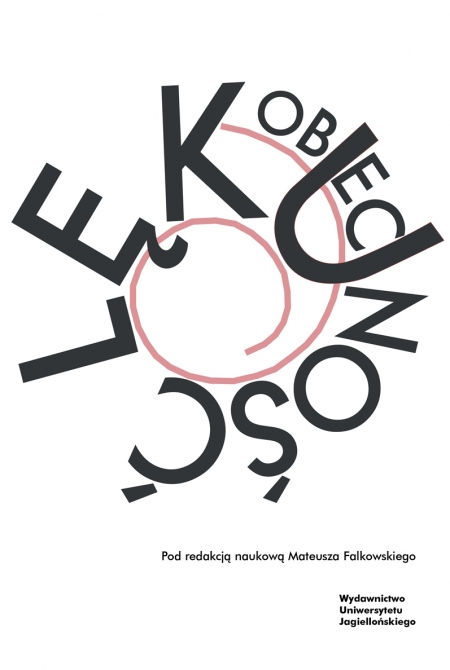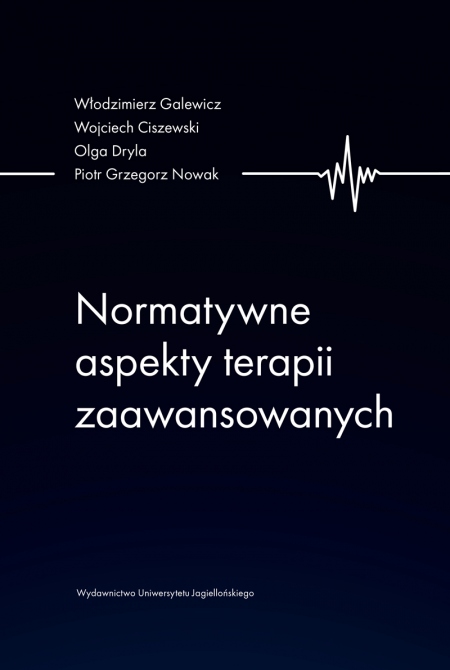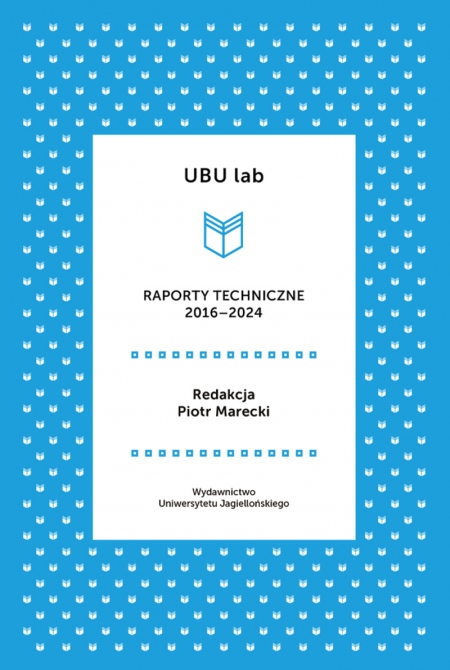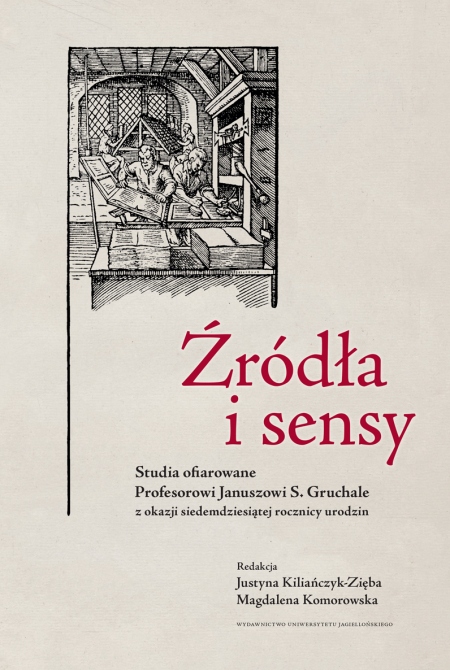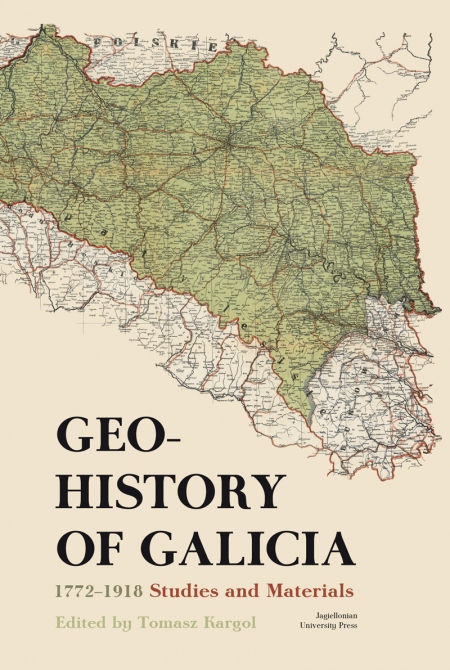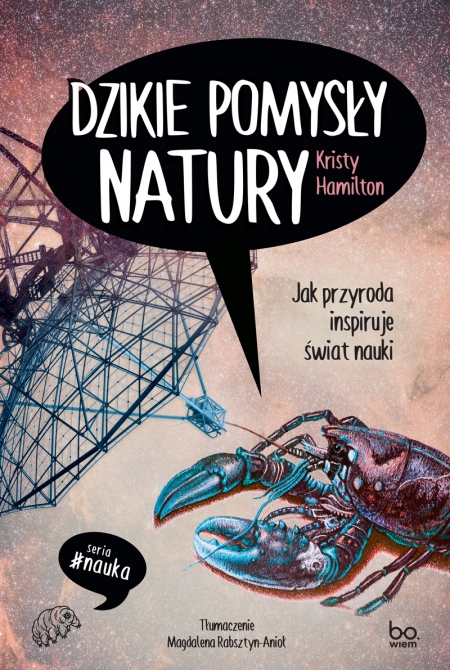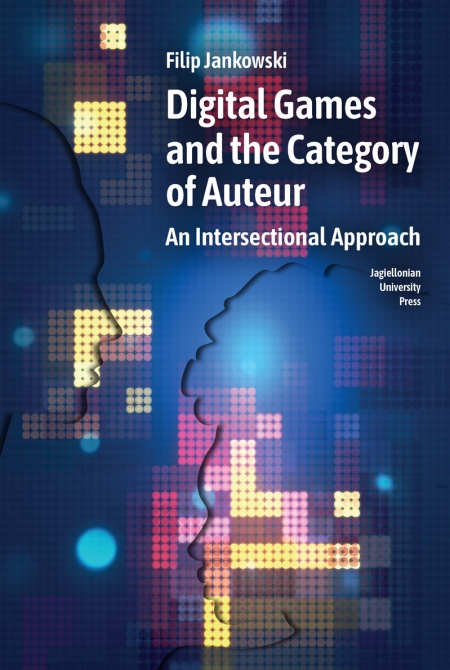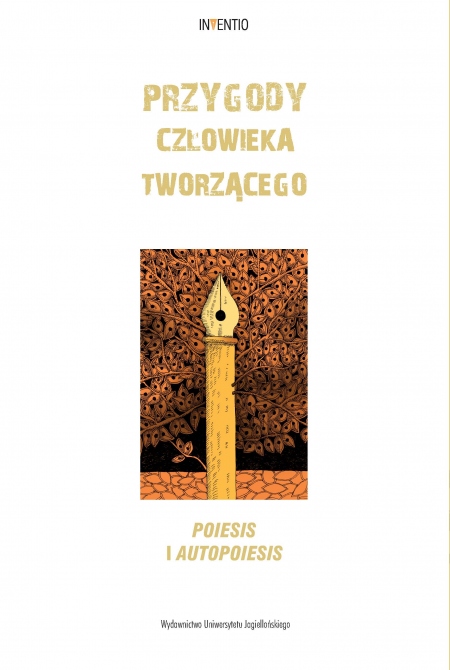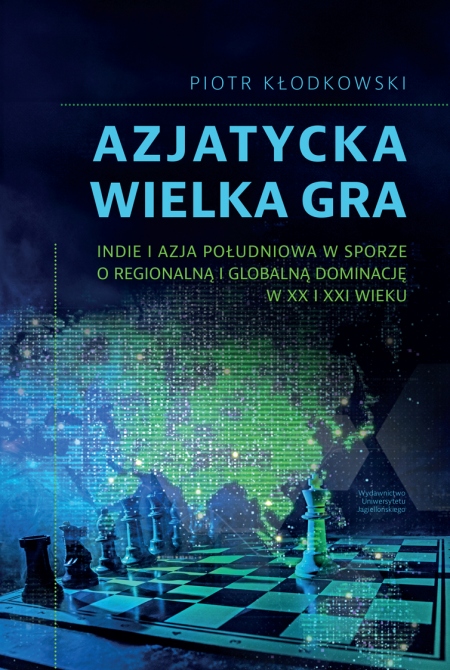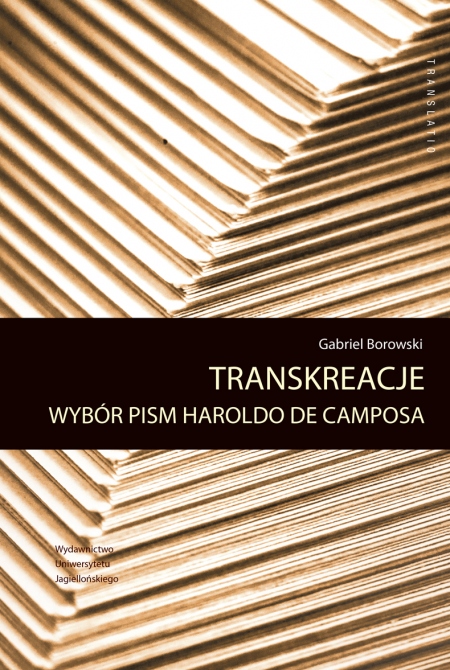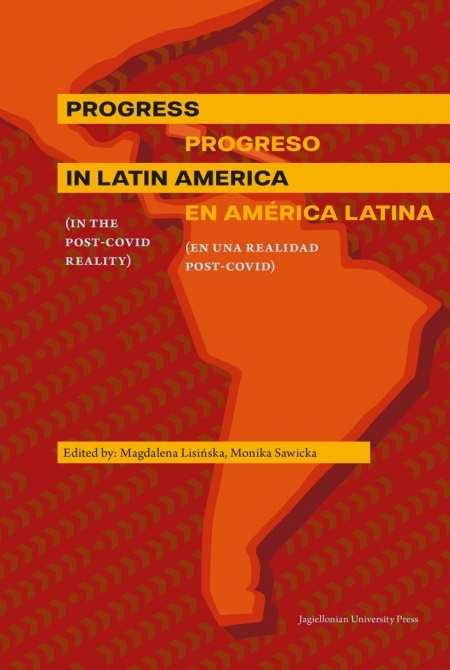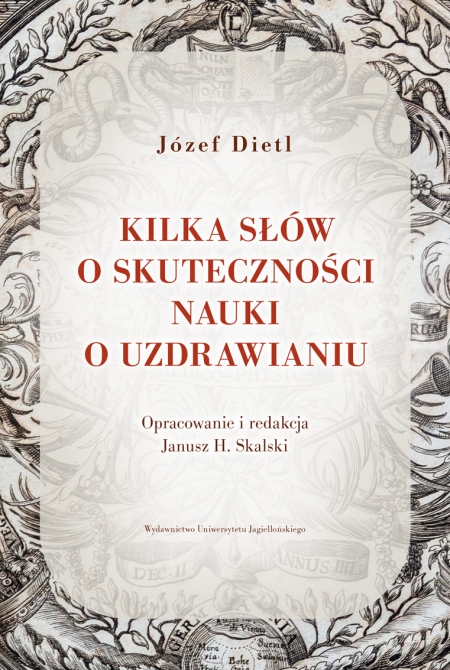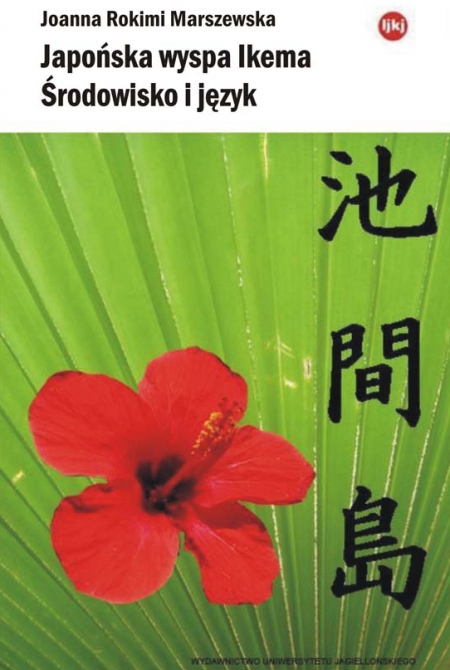
Japońska wyspa Ikema
Środowisko i język
Series: Literatura, Język i Kultura Japonii
Pages: 226
Book format: 16x23 cm
Publication date: 2010
Publication date: 13.09.2010
E-book publication date: 07.11.2023
Book description
Japanese Islet of Ikema
Its Environment and Language
In this monography the dialect of Ikema islet from the southern part of the Ryukyu Archipelago is characterized against a background of some other Ryukyuan dialects, and in a wide environmental and historical context. Dialects of the small and outlying islands like Ikema can be inestimable source of the older or archaic linguistic forms preserved in common language, which are most important for the comparative diachronic research.
In the beginning chapters of this book, the main traits of the geographical and natural environments of this islet and its surroundings – being the zone within which Ikema dialect developed – are successively delineated. Subsequently, the traditional culture of the inhabitants of Ikema is described with more details. Further, some paleoanthropological and archaeological remains so far discovered on the Ryukyu Archipelago and hypotheses on the origin of its population based on these data are considered. Then, hypotheses on the genetic relation of the early Ryukyuan and Proto-Japanese languages as well as their suggested affiliations with the Altaic languages and suspected ones with the Austronesian languages are related. Additionally some very controversial attempts to prove genetic relations of the Ryukyuan dialects with still other languages are reported. Historical events that could have a lesser or greater impact on the linguistic situation within the Ryukyuan Archipelago have been also reviewed. Separately, several propositions of the mutual relations of the Ryukyuan dialects are mentioned. The next part of the book is devoted to the description of the Ikema dialect system and a comparison of its elements as well as of its chosen lexemes with their counterparts in some other Ryukyuan dialects.
In the last chapter present author’s inferences are advanced. They concern the present stage of Ikema dialect, some of its preserved archaisms as well as general confrontation with other Ryukyuan dialects. Besides, the necessity of the enlarged and more detailed investigations of the particular linguistic strata within the above mentioned archipelago is emphasized. In the appendixes linguistic maps, Ikema’s folk songs and comparative list of some South Ryukyuan dialectal lexems are added.
Its Environment and Language
In this monography the dialect of Ikema islet from the southern part of the Ryukyu Archipelago is characterized against a background of some other Ryukyuan dialects, and in a wide environmental and historical context. Dialects of the small and outlying islands like Ikema can be inestimable source of the older or archaic linguistic forms preserved in common language, which are most important for the comparative diachronic research.
In the beginning chapters of this book, the main traits of the geographical and natural environments of this islet and its surroundings – being the zone within which Ikema dialect developed – are successively delineated. Subsequently, the traditional culture of the inhabitants of Ikema is described with more details. Further, some paleoanthropological and archaeological remains so far discovered on the Ryukyu Archipelago and hypotheses on the origin of its population based on these data are considered. Then, hypotheses on the genetic relation of the early Ryukyuan and Proto-Japanese languages as well as their suggested affiliations with the Altaic languages and suspected ones with the Austronesian languages are related. Additionally some very controversial attempts to prove genetic relations of the Ryukyuan dialects with still other languages are reported. Historical events that could have a lesser or greater impact on the linguistic situation within the Ryukyuan Archipelago have been also reviewed. Separately, several propositions of the mutual relations of the Ryukyuan dialects are mentioned. The next part of the book is devoted to the description of the Ikema dialect system and a comparison of its elements as well as of its chosen lexemes with their counterparts in some other Ryukyuan dialects.
In the last chapter present author’s inferences are advanced. They concern the present stage of Ikema dialect, some of its preserved archaisms as well as general confrontation with other Ryukyuan dialects. Besides, the necessity of the enlarged and more detailed investigations of the particular linguistic strata within the above mentioned archipelago is emphasized. In the appendixes linguistic maps, Ikema’s folk songs and comparative list of some South Ryukyuan dialectal lexems are added.
Authors
Joanna Rokimi Marszewska
ISBN: 978-83-233-2839-1
e-ISBN (pdf): 978-83-233-8086-3
Country of producer: Poland
RECOMMENDED BOOKS
NEW BOOKS

Choose chapters to buy:
Order value:
0.00 zł
